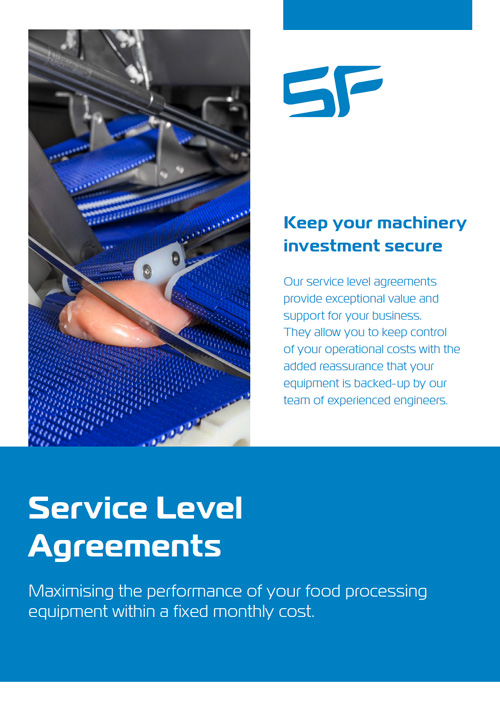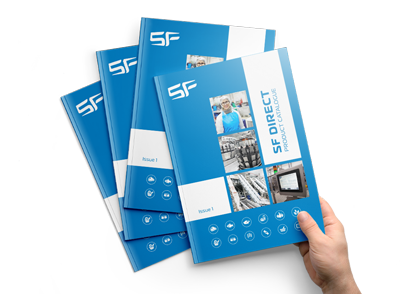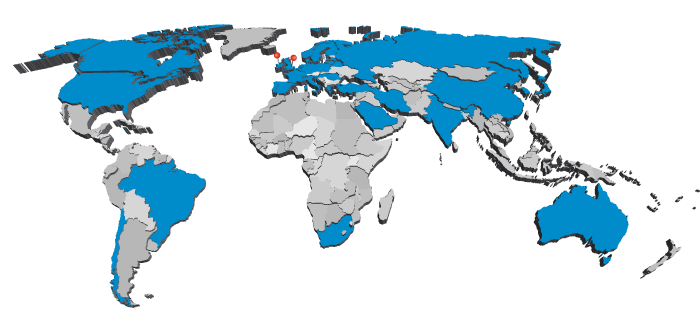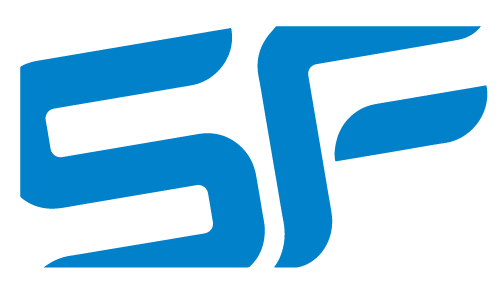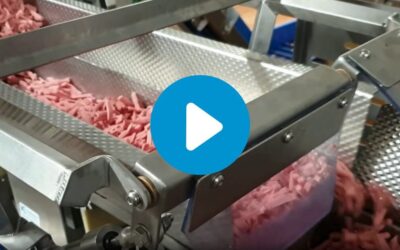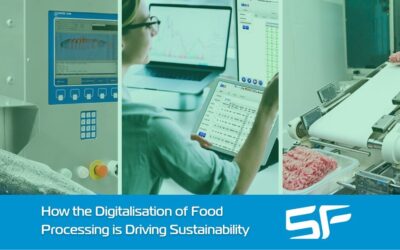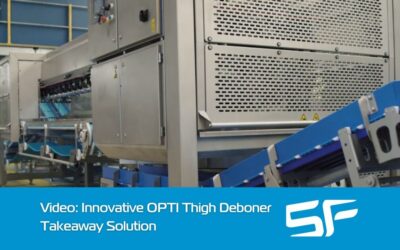The Benefits of Digitalisation for Fish Processors
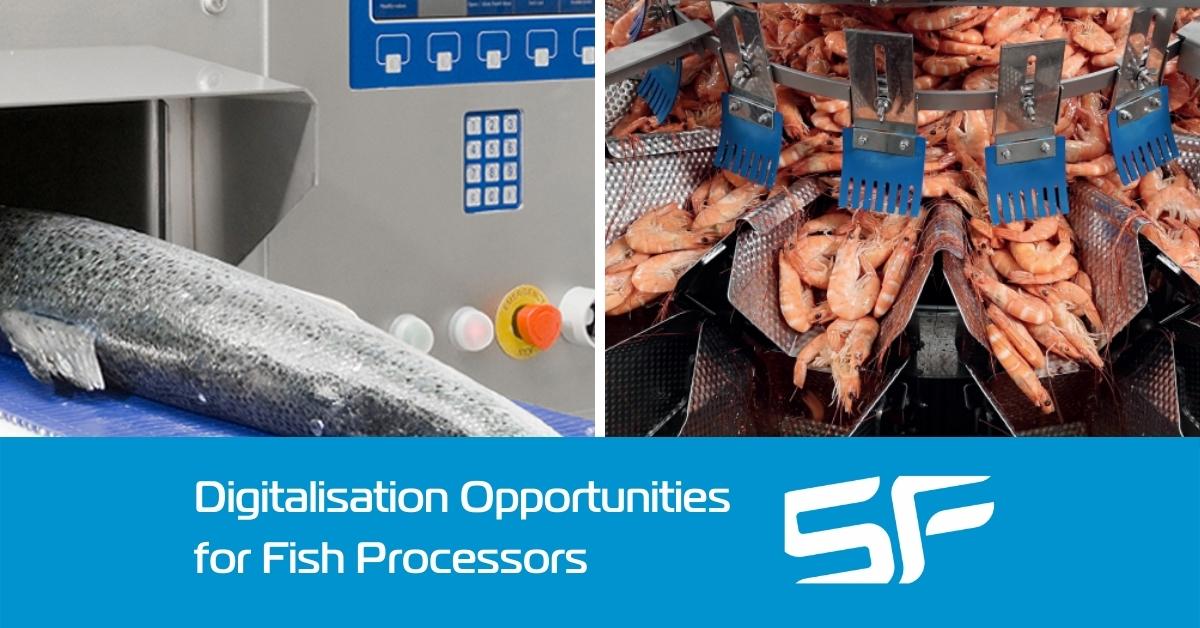
Digitalisation involves more than just making currently manual or paper-based processes digital. Instead, it involves digitalising entire processes and workflows within your fish processing facility to give you a competitive edge. What about the specifics, though? What are the specific benefits of digitalisation for fish processors?
In any digitalisation conversation or project, the objectives should be to address the challenges you currently face. Some of the obvious examples include yield optimisation, sustainability, maximising throughput and OEE, labour shortages, and increasing overheads.
Many processors in the fish industry are also being asked by customers to produce a wider variety of products and/or larger volumes of product. Digitalisation solutions can also help meet these requests.
Let’s now look at the specific benefits of digitalisation, as this is where you will get a return on your investments.
Automation Benefits
Automation is only one element of a digitalisation strategy, but it is an important element. The automation of production processes and other workflows reduces the manual labour requirements in your facility. Automation solutions can also reduce the level of skills that are required.
Automation isn’t just about reducing labour requirements, however, as automated processes also improve productivity, accuracy, and throughput.
Labour Benefits
Reduced reliance on manual labour offers your business an enhanced level of protection against labour shortages and fluctuations in the labour market.
Furthermore, digitalisation solutions can improve the conditions of your workers, particularly when you reduce or eliminate manual fish handling processes. These improved working conditions help with staff recruitment and retention, while also making roles more rewarding for workers.
Production Process Benefits
We’ve already touched on one of the production process benefits of digitalisation – increased throughput. Other production process benefits include:
- Improved oversight of your supply chain
- Maximised yield and primary product ratio
- Reductions in waste
- Improved equipment maintenance processes, with fewer instances of unplanned downtime
Data Benefits
There are two key drivers behind digitalisation technologies and solutions – automation, which we mentioned above, and data. An increased ability to capture, store, and, most importantly, use data has the potential to transform your business.
For example, you can switch to data-driven decision-making and even automated decision-making, where risks can be avoided rather than mitigated and opportunities can be exploited as early as possible
Increased oversight over your production operations, streamlined compliance processes, and improved OEE are some of the other benefits that come with the better access to data that digitalisation solutions bring.
Compliance Benefits
Streamlined compliance processes offer a big advantage to fish processes given the always evolving regulations that apply to the industry. With digitalisation solutions, you can monitor every stage of your operation through accurate and reliable data.
You can also improve traceability processes, as you will have data that is not only accurate and reliable, but also immediately accessible. This can help resolve product safety issues quickly, potentially avoiding costly and reputationally damaging outcomes, such as product recalls.
Quality & Safety Benefits
Digitalisation solutions can enhance the quality of product that you produce, particularly automation technologies. Examples include advanced portion cutting, batching, and grading equipment designed for the fish industry.
You can also improve safety, both product safety and the safety of your workers. For workers, safety is improved through the reduction in manual production processes, particularly those that involve lifting, bending, and the general manual handling of fish.
Product safety is improved by minimising human contact and the risk of human error through automation equipment and technologies. Introducing advanced quality control solutions to your production lines, including metal detection and X-ray equipment, also improves product quality and safety.
Business Benefits
With an effective digitalisation strategy, you can provide a better service to customers. For example, you will have an enhanced ability to provide accurate information to your customers, including where raw materials come from, the nutritional value of your products, etc.
Digitalisation solutions can also lower operating costs through things like reduced labour requirements and energy usage.
You will also have an enhanced ability to adapt to changing market conditions. From recent experience, we can see that change can happen very quickly. The impact of these changes on fish processors can be significant. Examples include changes in consumer expectations, customer demands, raw material costs, energy costs, inflation, interest rates, labour costs, labour availability, and regulatory requirements.
Adaptability and flexibility have never been more important for fish processors, and digitalisation can help.
Supporting Your Digitalisation Journey
If there is any industry that is accustomed to change, it is the fish industry, so the ability to change and adapt is built into the DNA of fish processing facilities. This puts your business in a good position to take the next steps on your digitalisation journey.
However, effective digitalisation shouldn’t be about applying random solutions to isolated problems. Technology missteps can be costly and can even set you back. Instead, you need a joined-up approach where there is a clear strategy and a digitalisation roadmap.
This is one of the areas where we can help, providing you with support and in-depth expertise that is relevant to your business. Get in touch today to find out more.
